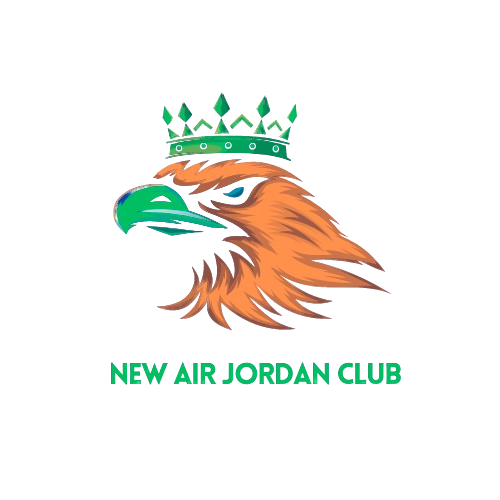Introduction
Beni rugs are exquisite examples of Moroccan weaving, cherished for their distinctive designs, high-quality materials, and rich cultural heritage. Originating from the Berber tribes of the Atlas Mountains, particularly the Beni Ourain and Beni Mguild tribes, these handcrafted textiles offer a unique blend of traditional craftsmanship and aesthetic appeal. This article explores the origins, craftsmanship, design elements, and contemporary relevance of Beni rugs, illustrating why they remain a beloved choice for interior decor enthusiasts.
Historical Origins
The tradition of weaving Beni rugs dates back centuries and is deeply Beni rugs embedded in the culture of Morocco’s Berber tribes. The Beni Ourain and Beni Mguild tribes, residing in the rugged Atlas Mountains, have been creating these rugs as an integral part of their daily lives. Historically, Beni rugs served practical purposes, providing warmth and comfort in the cold, mountainous climate. They were used as floor coverings, bedding, and sometimes as ceremonial items for significant events.
Each Beni rug is a narrative piece, reflecting the personal experiences of its weaver and broader cultural themes. The techniques and designs used have been handed down through generations, preserving a rich artisanal heritage.
Craftsmanship and Materials
The creation of a Beni rug is a meticulous process that highlights the skill and dedication of the weaver:
- Materials: Beni rugs are traditionally made from high-quality wool sourced from local sheep. This wool is valued for its softness, durability, and natural insulating properties. It is hand-spun and dyed using natural pigments derived from plants, minerals, and other organic materials. This traditional dyeing process results in a unique and varied color palette for each rug.
- Weaving Technique: The primary technique used in Beni rug weaving is the “knotted pile” method. Weavers tie individual knots onto a foundation of warp threads to create a dense, plush surface. This technique requires considerable skill and patience, resulting in rugs that are not only visually stunning but also durable and functional.
Design and Patterns
Beni rugs are renowned for their distinctive designs, which differ based on their tribal origins:
- Beni Ourain Rugs: These rugs are known for their minimalist and geometric patterns. They typically feature simple motifs such as diamonds, zigzags, or lozenges on a neutral, creamy background. The clean lines and understated elegance of Beni Ourain rugs reflect the serene landscapes of the Atlas Mountains and make them versatile additions to a variety of interior styles, from modern to traditional.
- Beni Mguild Rugs: In contrast, Beni Mguild rugs are celebrated for their vibrant colors and intricate patterns. These rugs often incorporate elaborate designs with various symbols and motifs, each carrying specific cultural meanings related to protection, fertility, or prosperity. The bold, colorful patterns of Beni Mguild rugs make them a striking choice for eclectic and bohemian interiors.
Cultural Significance
Beni rugs are more than mere decorative items; they hold significant cultural value. Each rug serves as a visual narrative, representing the weaver’s personal stories and broader cultural themes. The motifs and symbols in Beni rugs often reflect important aspects of Berber life, including spiritual beliefs, social values, and traditional practices.
The tradition of weaving Beni rugs plays a crucial role in preserving Berber culture. By maintaining traditional techniques and designs, the Berber people ensure that their artisanal skills and cultural heritage are preserved and celebrated. This ongoing tradition helps to keep their cultural identity vibrant and relevant for future generations.
Modern Appeal
In recent years, Beni rugs have gained popularity in global interior design due to their blend of traditional craftsmanship and contemporary aesthetics. Their versatility makes them suitable for a wide range of interior styles, from minimalist and modern to eclectic and bohemian.
The growing emphasis on sustainability and ethical production has also enhanced the appeal of Beni rugs. Their handcrafted nature and use of natural materials align with contemporary values of environmental responsibility and artisanal authenticity.
Care and Maintenance
To preserve the beauty and extend the life of a Beni rug, proper care is essential:
- Regular Cleaning: Vacuuming regularly helps remove dust and dirt. Professional cleaning can address deeper stains and wear.
- Rotation: Rotating the rug periodically ensures even wear and prevents fading.
- Sunlight Protection: Keeping the rug out of direct sunlight helps maintain its vibrant colors and prevents damage.
Conclusion
Beni rugs are a celebration of Moroccan artistry and cultural heritage. Their unique designs, luxurious textures, and rich symbolism make them a cherished addition to any home. Incorporating a Beni rug into your decor not only enhances your space with a piece of Moroccan tradition but also connects you with a centuries-old craft.
Whether valued for their aesthetic appeal or cultural significance, Beni rugs offer a meaningful and stylish way to enrich your living environment. Their timeless beauty and exceptional craftsmanship continue to captivate, making them a lasting symbol of Moroccan weaving tradition.
